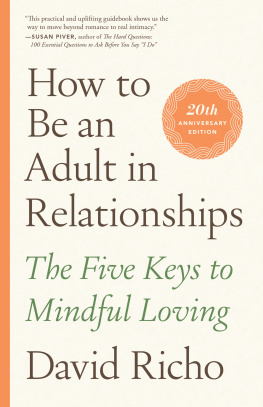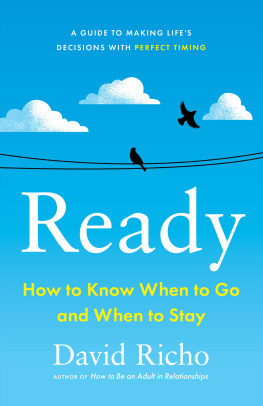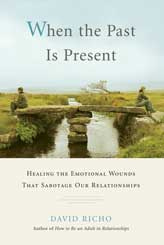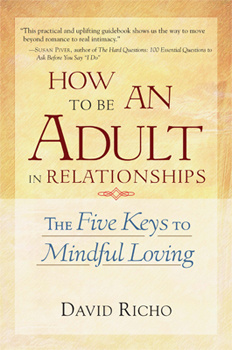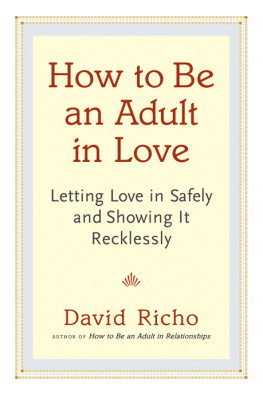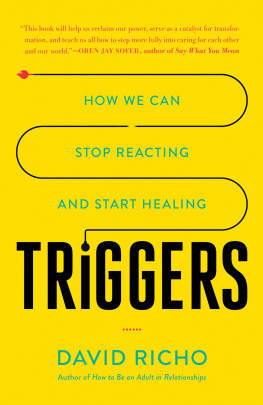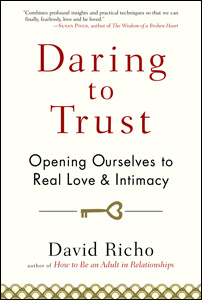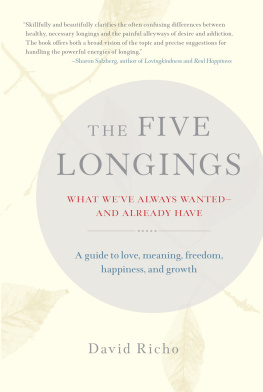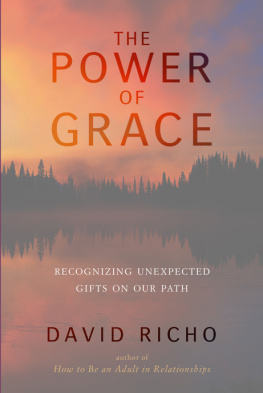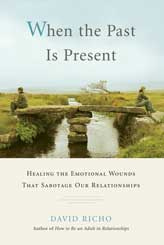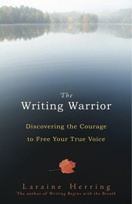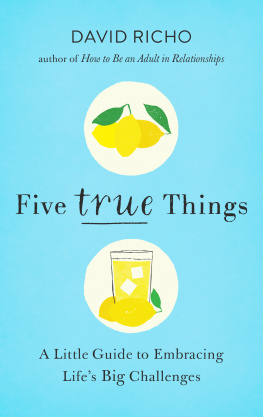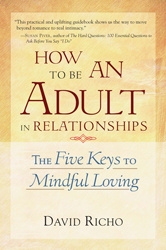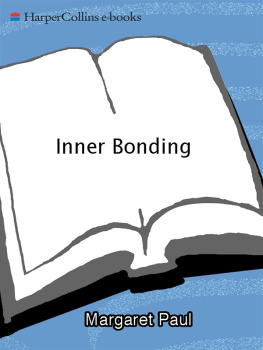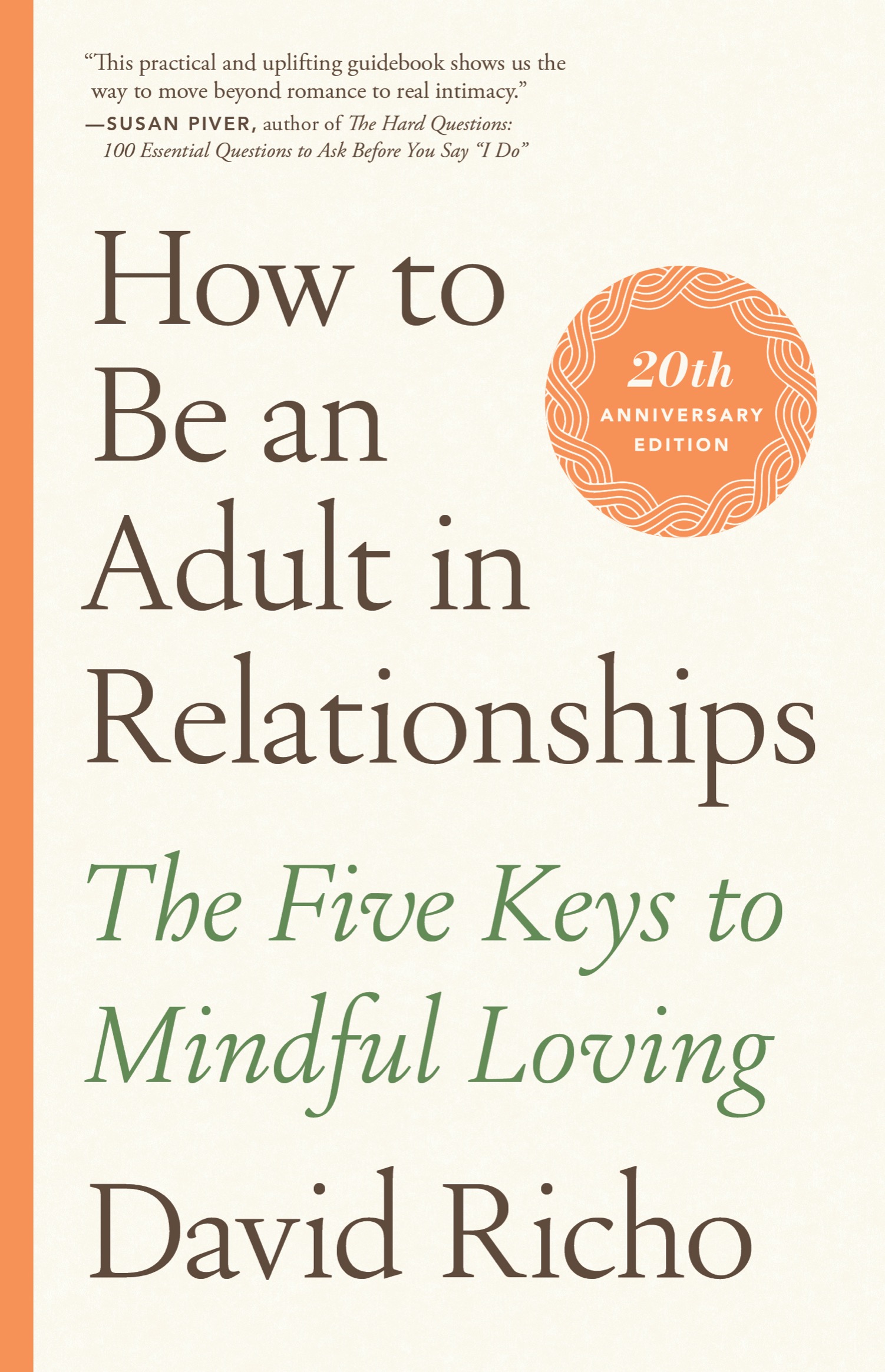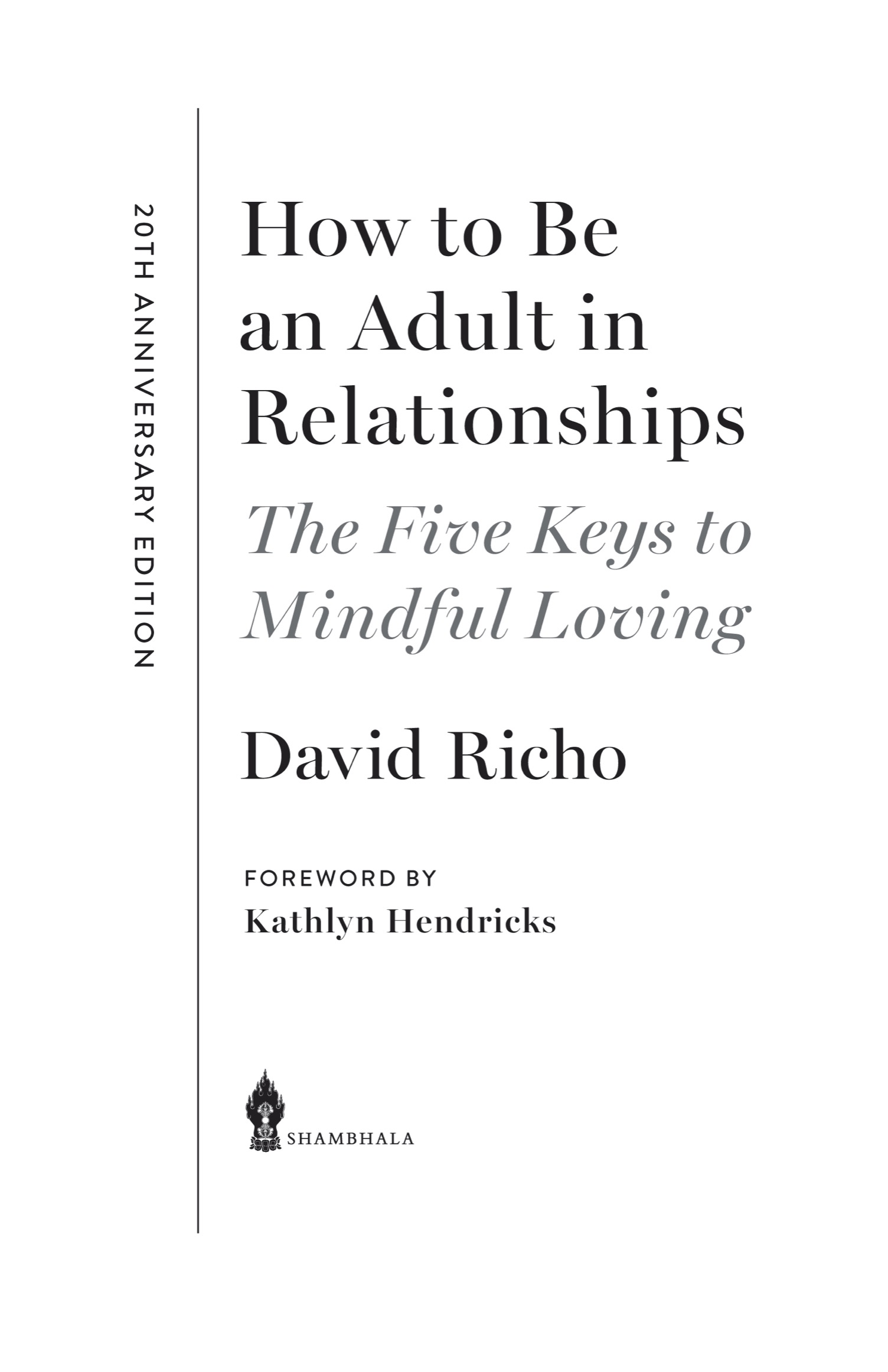Contents
Landmarks
Print Page List
Shambhala Publications, Inc.
2129 13th Street
Boulder, Colorado 80302
www.shambhala.com
2002, 2021 by David Richo
This edition published 2021
This second edition has been updated throughout, including the addition of a new preface
Cover design: Amanda Weiss
Interior design: Kate Huber-Parker
All rights reserved. No part of this book may be reproduced in any form or by any means, electronic or mechanical, including photocopying, recording, or by any information storage and retrieval system, without permission in writing from the publisher.
Library of Congress Cataloging-In-Publication Data
Names: Richo, David, 1940 author.
Title: How to be an adult in relationships: the five keys to mindful loving / David Richo; foreword by Kathlyn Hendricks.
Description: Twentieth Anniversary Edition. | Boulder: Shambhala, 2021.
Identifiers: LCCN 2021011967 | ISBN 9781611809541 (trade paperback)
Ebook ISBN 9780834843912
Subjects: LCSH: Love. | Interpersonal relations. | LoveReligious AspectsBuddhism. | Interpersonal relationsReligious AspectsBuddhism.
Classification: LCC BF575.L8 R53 2021 | DDC 152.4/1dc23
LC record available at https://lccn.loc.gov/2021011967
a_prh_5.7.0_c0_r0
For all my family and friends:
Thank you for showing me
the varieties and vicissitudes of love
in our life together.
We mark with light in the memory
the few interviews we have had
with souls that made our souls wiser,
that spoke what we thought,
that told us what we knew,
that gave us leave to be what we inly are.
Ralph Waldo Emerson, 1838,
The Divinity School Address
CONTENTS
FOREWORD
This book brings the mystical down to earth, to the world of relationships that we all navigate from birth to death. In How to Be an Adult in Relationships David Richo provides an operational guide to effective relationships thats as gentle and precise as his own presence with his students and friends. Through the reliable spiritual practices of mindfulness and loving-kindness, readers embark on a journey that leads to awareness, joy, and deep relating.
Mindfulness is an ancient meditation mode in which we let go of our fears, our attachments, our cravings, our expectations and entitlements, and our judgments of others. Instead of these habitual strategies, we learn to simply stay present openly in the momentwith nothing in the wayso we can experience life as it occurs. When we apply mindfulness to our relationships, we can finally see ourselves and others as we are, in all our touching vulnerability and with all our rich potential for love.
In the spiritual practice of loving-kindness, we expand our awareness of others in an immensely tender and caring way. We journey beyond our own personal relationships and embrace the wider world. We learn to extend our love to everyone around us, even those to whom we are indifferent and those we find difficult. Through loving-kindness the romantic union between partners ultimately embraces the world. At one point in this book, David says, We can expand our consciousness ofgiving and receiving love. In my experience counseling couples and training professionals, the question always emerges: How can we expand our capacity to handle more love and positive energy so we dont continue to sabotage any advances? Wemy husband, Gay, and Icall this the Upper Limits Problem and the ultimate human challenge.
This book shows just how the widening ripple of love can flow more freely within and between us all. David Richo lays down the stepping-stones from personal love to universal love. The spiritual practices in How to Be an Adult in Relationships are not adjuncts to psychological work: they fulfill it.
David Richo offers an important new synthesis in the self-help movement, practical spirituality grounded in what the poet Ted Loder calls treasures / of joy, of friendship, of peace / hidden in the fields of the daily. Davids examples, and especially the many opportunities he gives to practice these shifts of perspective and action, deeply support the readers evolution. We find a new place to stand together in equality. Clear markers guide us toward a compassionate life in which human beings finally grow up to become stewards for each other and our larger home. Not only can our relationships work for our growth but for the worlds evolution too. I invite you to be moved by these waves of possibility.
Kathlyn Hendricks, PhD
PREFACE TO THE 20TH ANNIVERSARY EDITION
I am touched and delighted to welcome this twentieth anniversary edition of my book, now at a quarter million copies in twelve languages. Over these years I have been deeply gratified by responses from people all over the world about how my book has helped them. This has meant so much to me since I write as a spiritual practice with the intention of sharing what I have learned for the benefit of others. I am thankful my words have connected with so many people. An even more amazing grace is the bond I feel between readers and me. That is what I cherish most of all.
The origin of this book was in my conviction that relationships, like anything else of value, require tending. They do not improve or even last on their own. Since they are not self-sustaining, they require upkeep, like gardens, cathedrals, and bodies. Tending combines ongoing psychological work and spiritual practice on the part of all concerned. This book is meant to be a maintenance manual. It shows how we can lovingly tend our tender bonds so they can thrive. A relationship prospers when we dont give up on love, no matter what, and we keep upgrading and repairing too. The topics of this book are geared to help us in this beautiful enterprise.
In this book, we look at what trust entails, how our childhood figures into our choices and actions and our fears of intimacy or commitment; how relationships go through phases; how the self-centered ego can bow to mutuality; the importance of showing and responding to feelings and honoring boundaries; working out conflicts; remaining mindful and heartful in communication; and nourishing our commitment by a daily giving and receiving of the five As of love: attention, affection, appreciation, acceptance, allowing. Such challenges dont have to scare us. We can handle them with the help of some guidelines and recommendationswhat I hope this book offers. Everyone has the capacity to love; anyone can learn how to do so generously and effectively. That is why we do not need to be afraid to embark on the journey of relationship.
The present edition contains the material of the original edition with a few changes. Each chapter is still here, but the book is no longer divided into three parts. The discussion of anger is now included in chapter 5, When Conflicts Arise, and the chapter When Relationships End is now the last chapter of the book. I have done some modernizing of the text and upgraded some concepts. For instance, today we might use the word caregivers, who are not always parents. We see a variety of relationship styles, for example, polyamory instead of just couples. Likewise, online dating is also much more common, rather than meeting only in person. We communicate through text and social media and not just by email or phone. Even with these changes in how our relationships form and are sustained, the core message of this book remains the samewe can all find love in our lives and grow in how we express it to ourselves and others. I have not specifically addressed all the changes in the relationship world in this edition, as I wanted to preserve the overall purpose of the book: to explore the heart and soul of relating rather than to cover all the new shapes relationships are taking. There are many other books available now that address contemporary styles of meeting, of designing a bond, and of all the other possibilities we now behold in the new landscape of relationships and of how we self-identify. Hopefully, the message of

